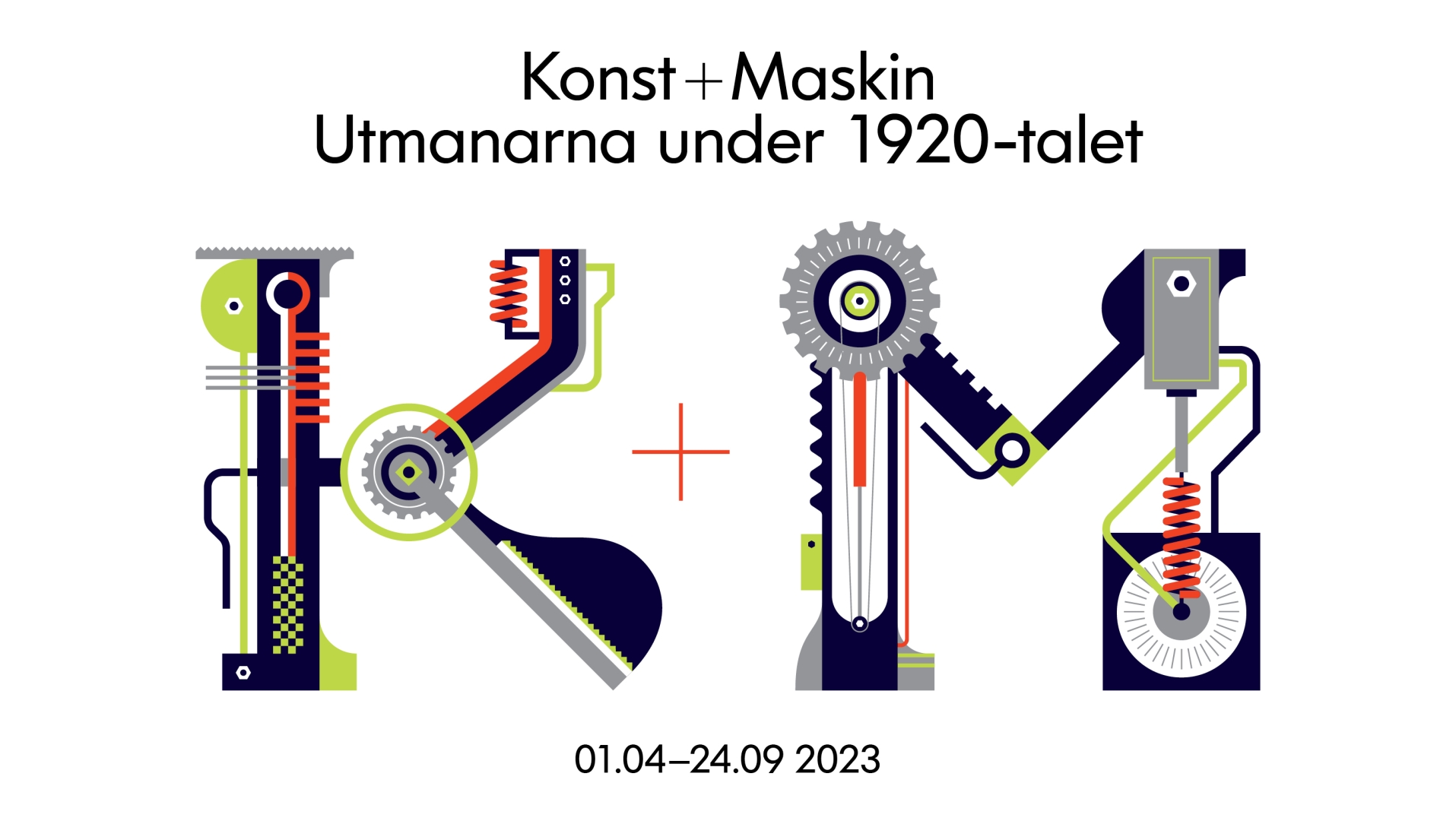The 1920s, a turbulent age of great hopes for the future, in which the machine was viewed as a means for human liberation. The automobile was an innovation typical of the era, particularly in the form envisioned and realised by car manufacturer Ettore Bugatti. His cars were genuine works of art, and this will be made apparent in the exhibition. French artist Fernand Léger stated: “A landscape viewed from a car at full speed – becomes an abstract painting.”
Léger was a member of the avant-garde of the early 20th century. He wanted to compose beautiful objects out of mechanical elements. In his paintings, human beings became components of metal constructs. Léger’s school in Paris attracted many young Scandinavian artists – modernist pioneers who all sought to challenge the Swedish establishment and the Swedish Grace style that was dominating the nation. They chose to paint the geometric shapes of machines at a time when tastes tended rather towards pared-down elegance instead. The students at the school included Otto G. Carlsund, Franciska Clausen, Erik Olson, Vera Meyerson, Thorvald Hellesen, Waldemar Lorentzon, Bengt O Österblom, and the French Florence Henri – some of the artists who are featured in this exhibition at Sven-Harrys konstmuseum.
We will acquaint ourselves with these artists, who helped modernised the age, zeitgeist, ideas, and lifestyles of their time. This was a time of women’s liberation. Women flew planes, drove racing cars, pursued careers in art, and inspired one another. They got divorced or ran away from home to make their way to Paris to paint. The machines didn’t only influence painting and people’s lifestyles. Fashion, too, found inspiration in the domain of industry, and the overall became a favoured garment among style-conscious individuals. This was functional, comfortable fashion, which was well suited to the active women who embodied the new age. The colourful Camp-Ahla overall was one of the first major success stories in fashion to bear the trademark of a Swedish ready-to-wear business. The rational style and construction of the garments was adapted to the needs of the emerging ready-to-wear industry, and its geometrical decorations were clearly inspired by the machine aesthetics of the day.




